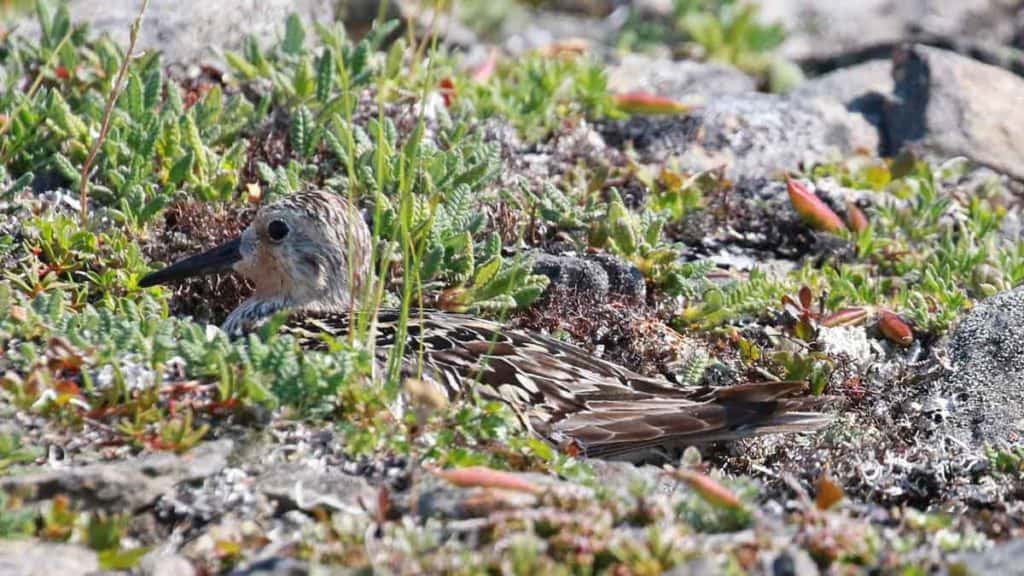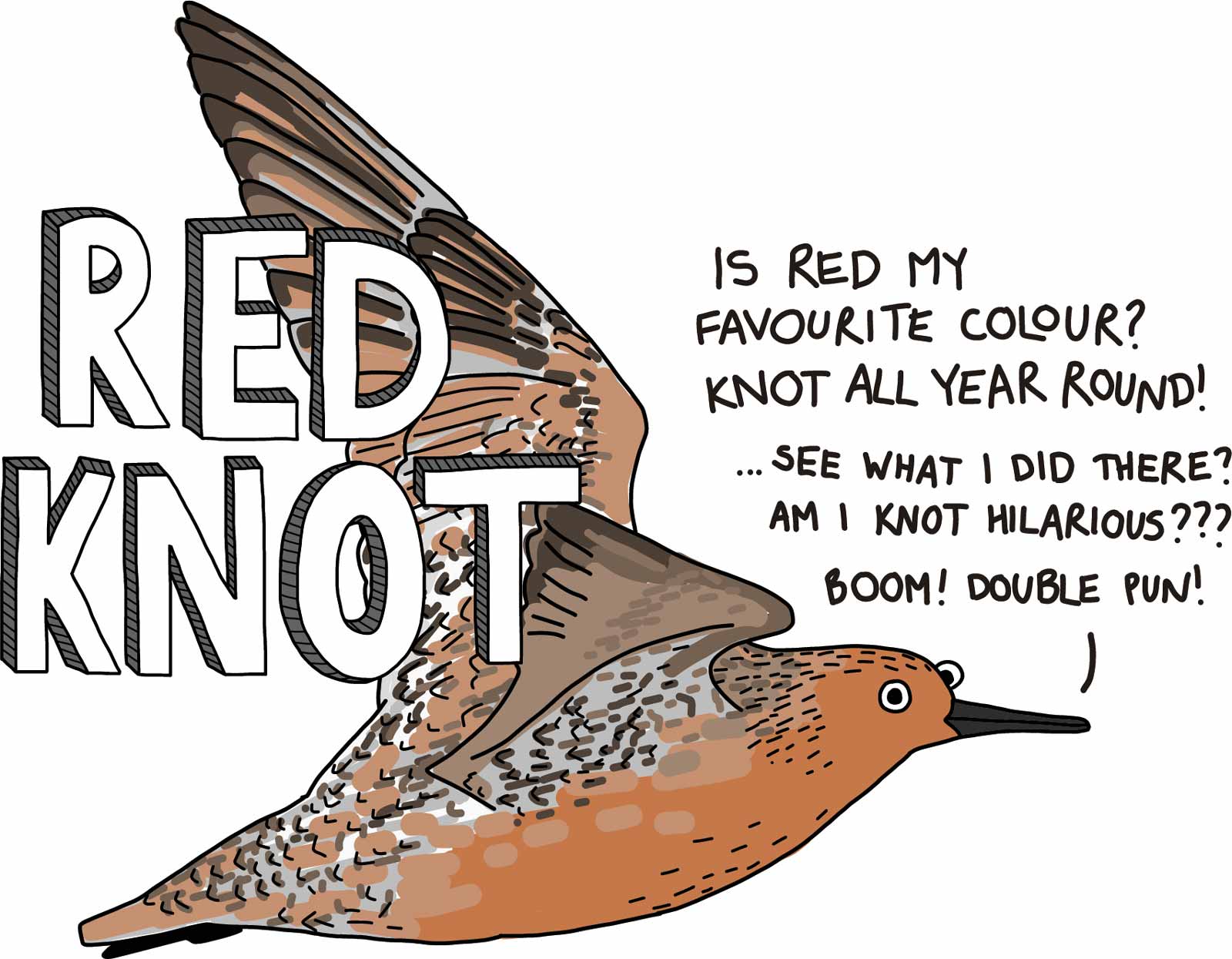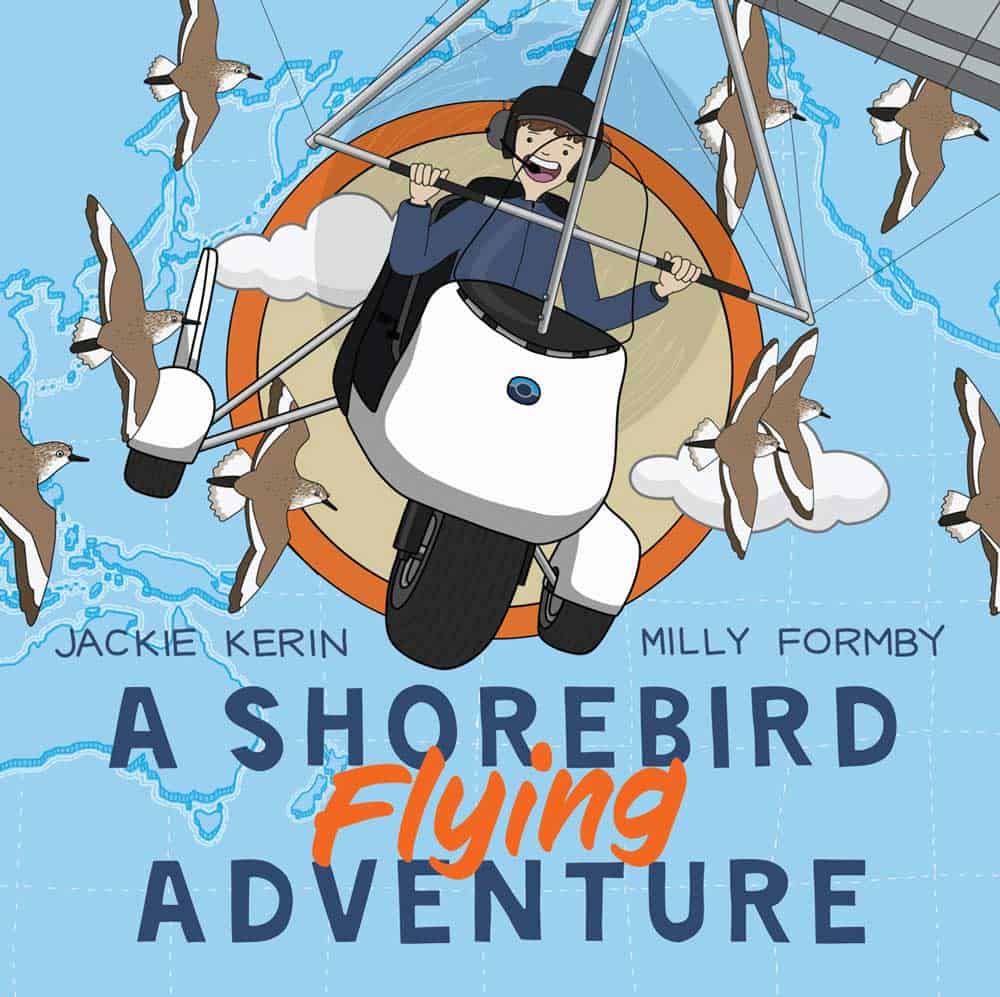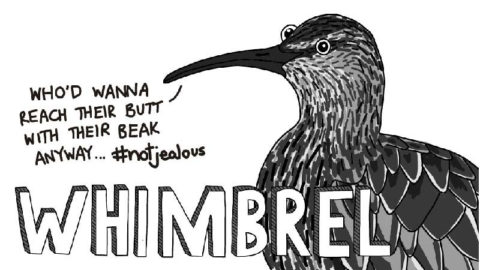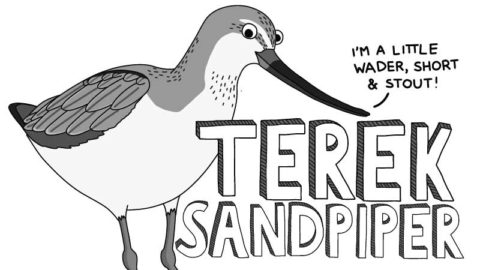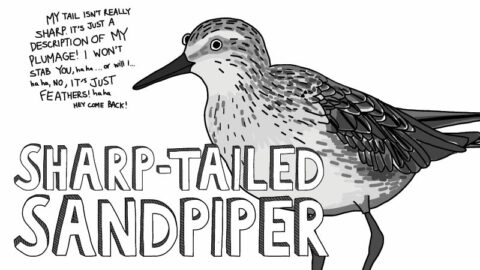The Red Knot, Calidris canutus, is a stout, medium-sized wader with a short neck, straight bill and green-grey legs. Dark streaks mark the head and neck, and its brownish-grey wings contrast its white, lightly streaked chest and belly. In breeding season, the wing feathers become boldly marked with black and chestnut-red patterns and the face, chest, and belly also turn chestnut-red. This red colouration is slightly less extensive in females. Juveniles look similar to non-breeding adults, except their wing feathers have black and white margins.
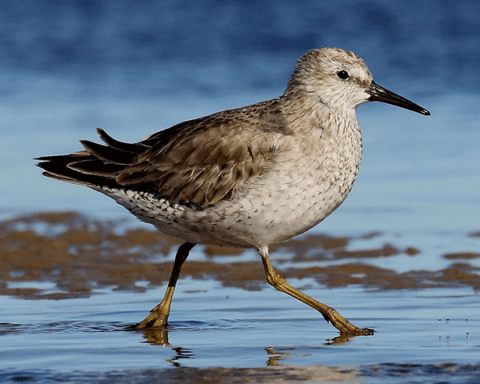
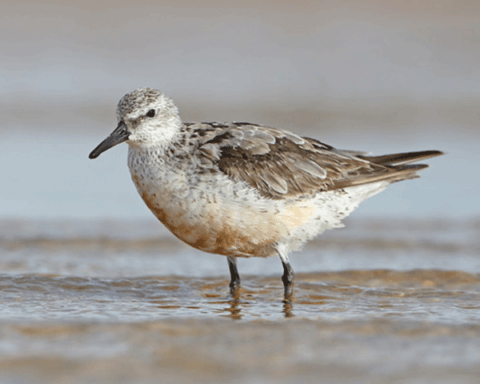
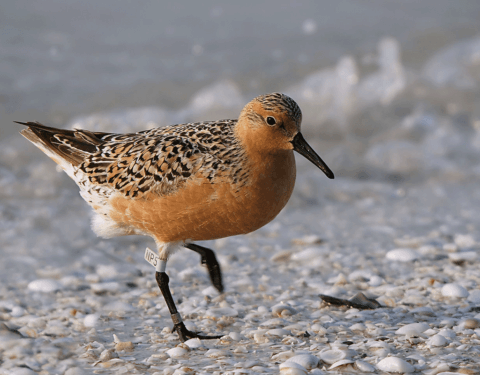
Red Knots look similar to Great Knots (Calidris tenuirostris) but are smaller and less bulky. One way to help distinguish a Red Knot from a Great Knot is to imagine the beak turned around 180 degrees. If the length of the beak is shorter than or about the same length of the head, then it is a Red Knot. If it extends beyond the length of the head, it is a Great Knot.
They also differ in breeding plumage as the Great Knot does not have the chestnut colouration like the Red Knot, and instead are covered in heart-shaped black markings across their chest.
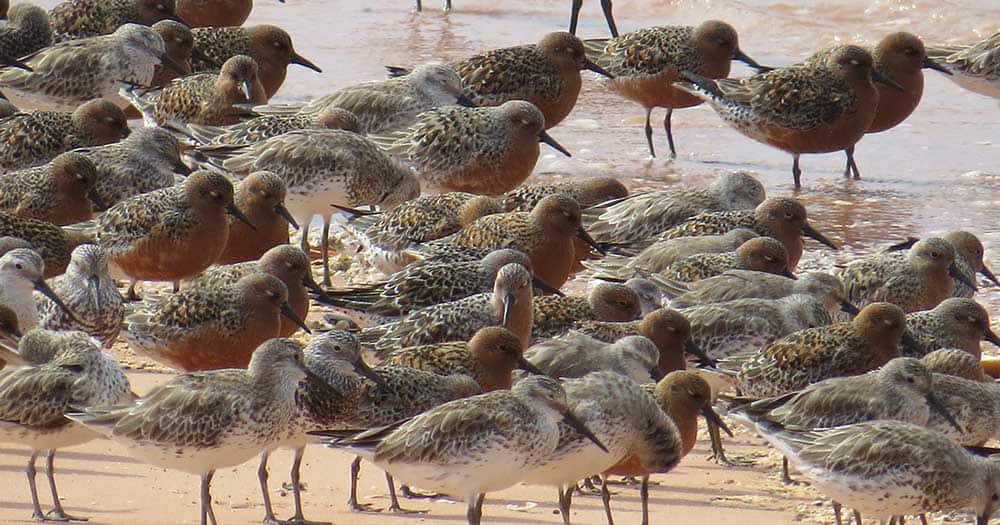
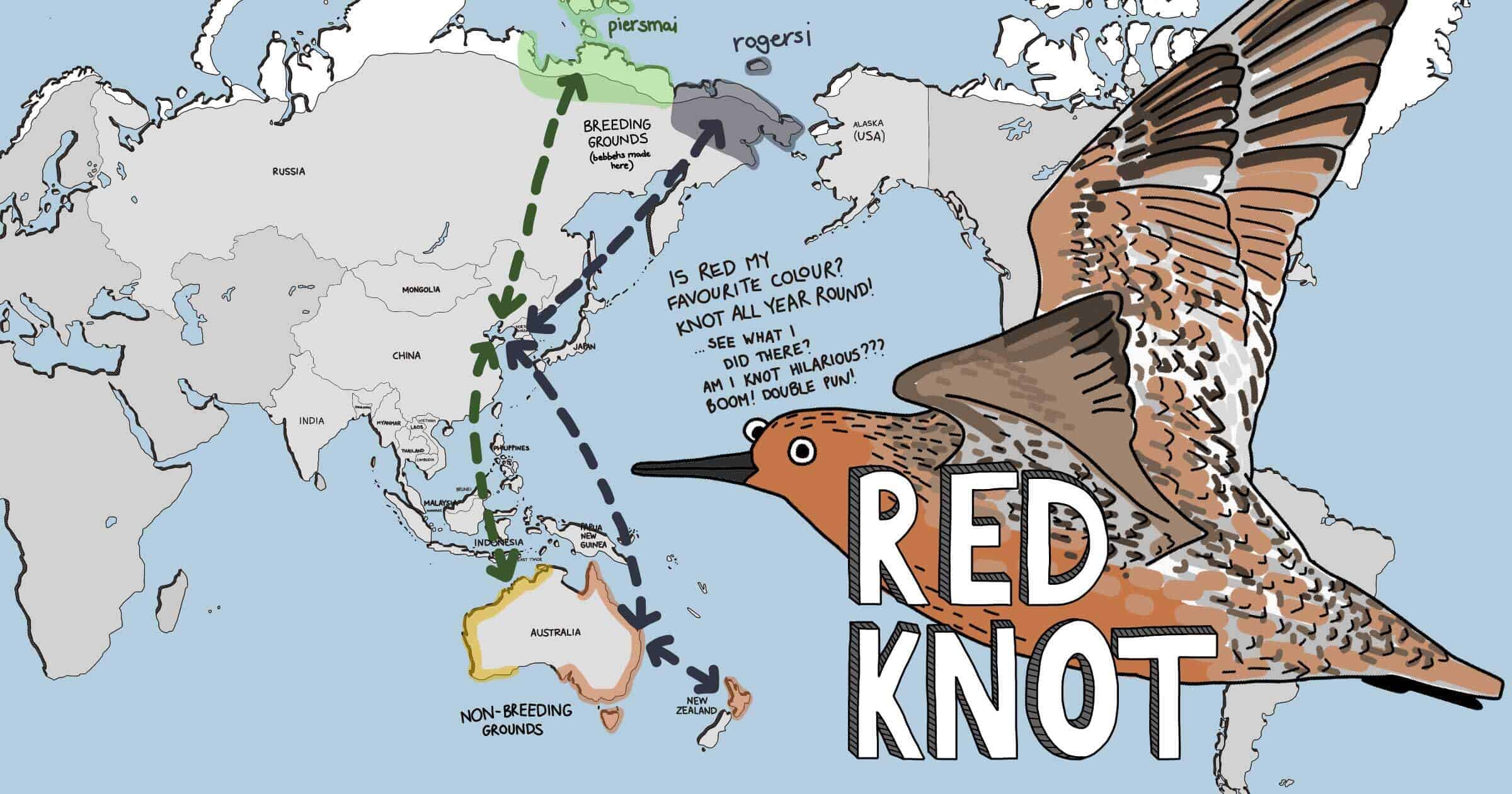
Two subspecies of Red Knots visit Australia – Calidris canutus piersmai and Calidris canutus rogersi. C. c. piersmai red knots are slightly smaller in size and turn a darker, brick red during the breeding season compared to C. c. rogersi, which turn a lighter, apricot red.
Each subspecies also have different distributions throughout the Flyway. C. c. piersmai spend most of their time in the non-breeding season on the north-west coast of Australia and breed on the new Siberian islands off the northern coast of Russia. Most C. c. rogersi spend the non-breeding season on the east coast of Australia and New Zealand and breed on the Chukotka Peninsula of north-east Russia.
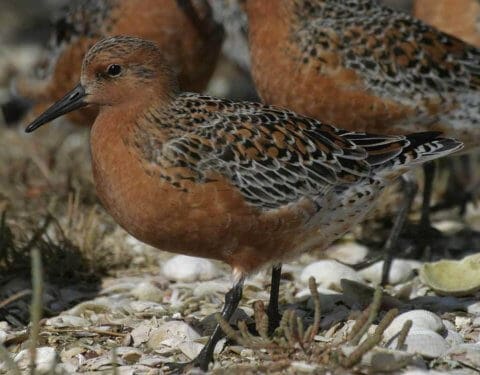
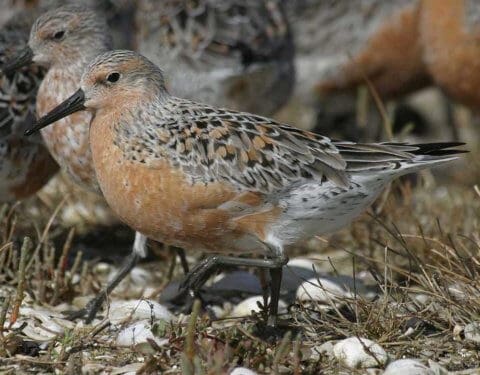
Red Knots are omnivorous, meaning they like to eat all the things, feeding both day and night. The way they search for food is to probe the soft sand and mud near the water’s edge at low tide. At high tide, they seek out other places to roost and feed such as nearby lakes or ponds. Bivalves are a favourite food of the Red Knot, but worms, gastropods and crustaceans also make up a big part of their diet. They are known to eat insects, shoots, roots, seeds, spiders and fish as well.
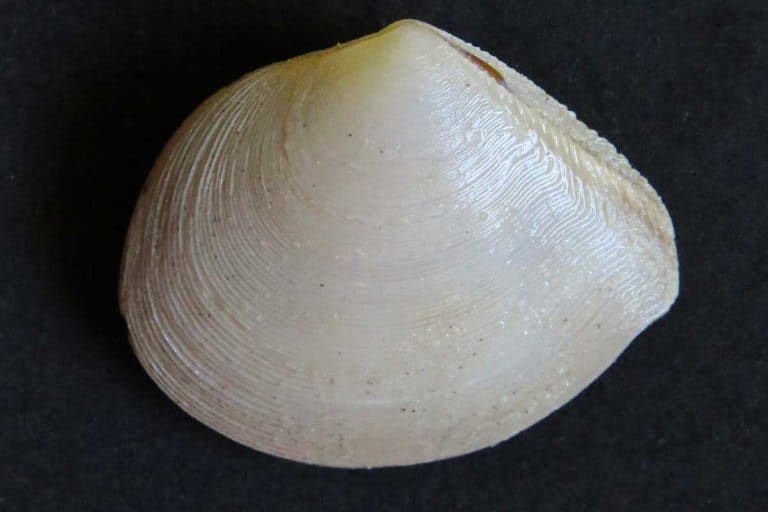
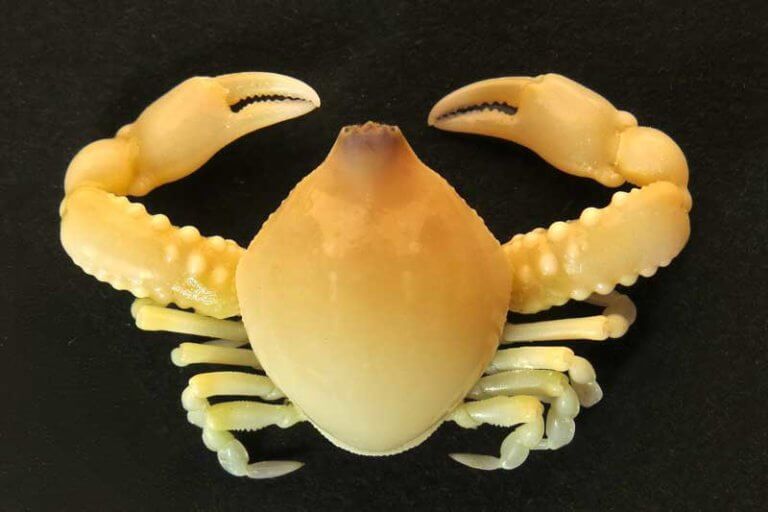
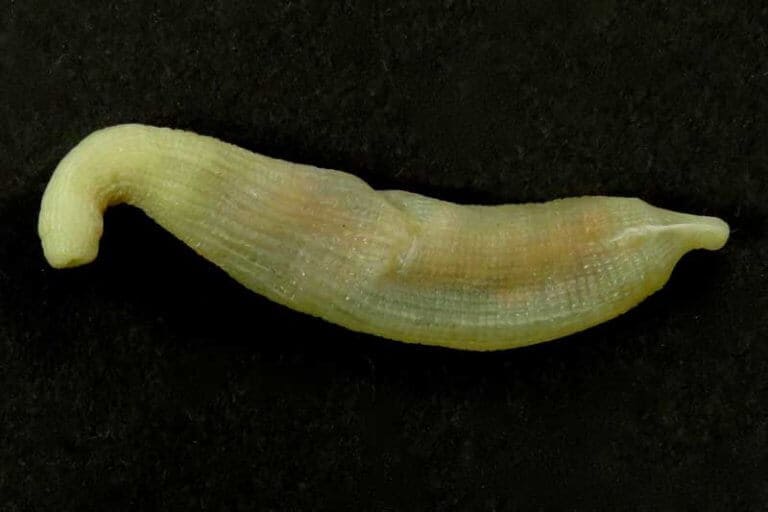
Both subspecies line shallow nests in the open ground with grass and lichen and lay blotched, speckled eggs. They breed in scattered single pairs, but fly and gather in large flocks.
